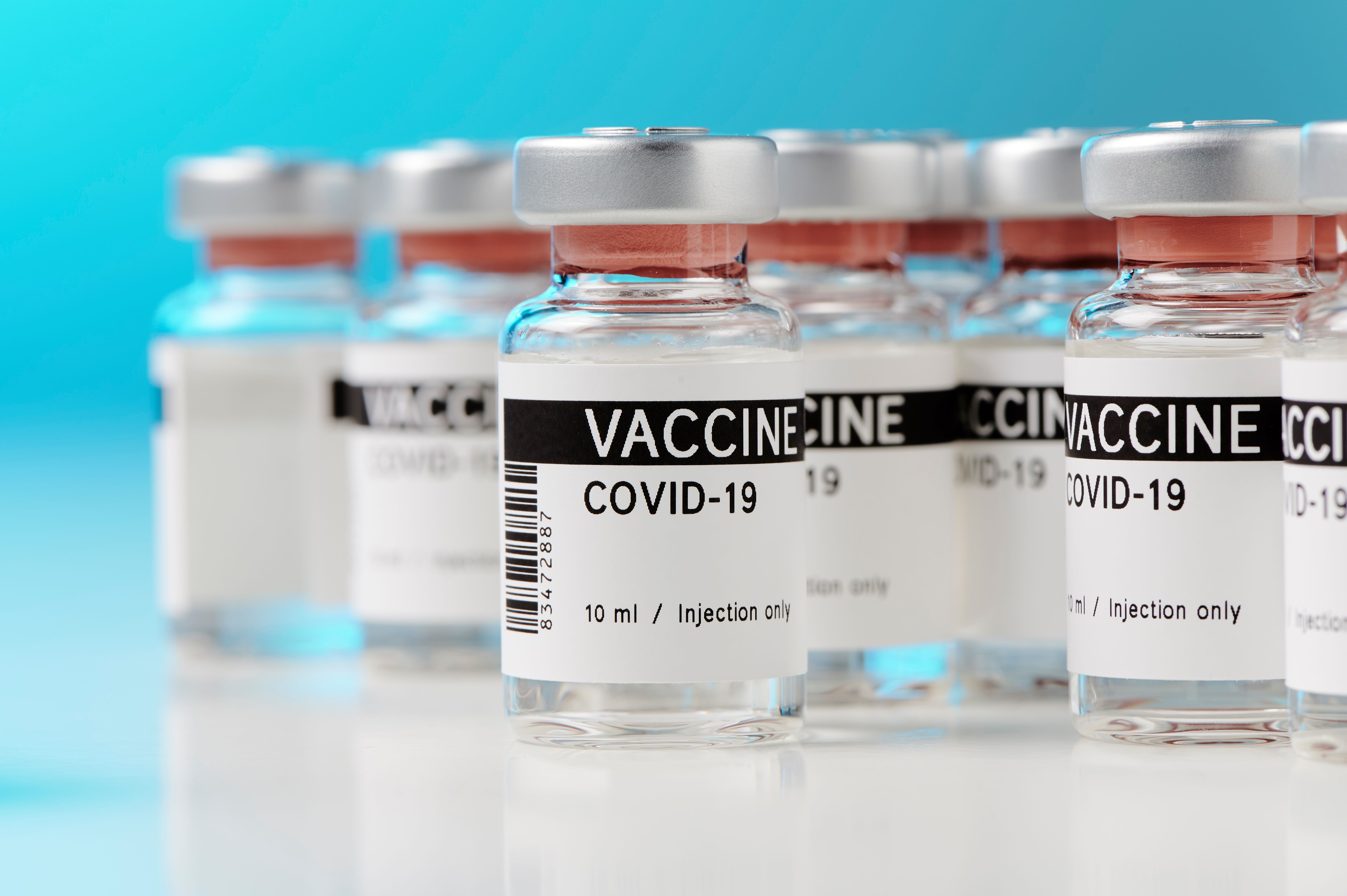News
Article
Concurrent Decline in FVC, Walking Test More Likely Associated With Disease Progression in IPF
Author(s):
In a study to be presented at the American Thoracic Society (ATS) Annual Meeting, held in Dallas, Texas on May 17-22, 2019, researchers investigated visit-to-visit variability in the forced vital capacity (FVC) of patients with idiopathic pulmonary fibrosis (IPF).
In a study to be presented at the American Thoracic Society (ATS) Annual Meeting, held in Dallas, Texas on May 17-22, 2019, researchers investigated visit-to-visit variability in the forced vital capacity (FVC) of patients with idiopathic pulmonary fibrosis (IPF).
The decline in FVC is used to determine disease progression in patients with IPF, however, visit-to-visit variability in such measurements can create some uncertainty when it comes to clinical decision making. In an effort to alleviate some of this uncertainty, researchers analyzed data from patients with IPF in 2 phase 3 clinical trials to determine the variability in FVC across 3-month follow up visits as well as any changes in 6-minute walking distance.
Patients enrolled in both studies were randomly assigned to receive placebo or interferon gamma-1b. In total, 954 patients were randomized to receive interferon gamma-1b and were subsequently evaluated for changes in pre-bronchodilator FVC over the course of 3-month intervals.
The researchers found that across 3966 observations, 58.7% of changes in FVC were declines, while 41.3% of changes were improvements. The most frequently recorded 3‑month changes in FVC (mL) were ≥−100 mL to <0 mL (26.8% of intervals), ≥0 mL to <100 mL (23.3%) and ≥−200 mL to <−100 mL (17.9%). The study investigators identified 624 patients with available FVC and 6 minute walking distance measurements (6MWD) (1321 observations) and determined that among this cohort, there was an initial relative decline in FVC (mL) >4%. The likelihood of further decline at the next visit was increased if the initial decline was accompanied by a decrease in 6MWD versus stable or improved 6MWD.
Overall, the study authors determined that there was substantial variability in FVC over 3-month intervals inpatients with IPF, though relative decline in FVC did not clearly predict further decline in FVC. That being said, simultaneous decline in FVC and 6MWD was “more likely” to be associated with further decline in FVC.
“These findings highlight the need to consider other functional measures such as 6MWD in concert with FVC to predict meaningful changes in disease progression in individual patients with IPF,” wrote the authors.
Reference
Nathan SD, Yang M, Morgenthien EA, Stauffer JL. Forced vital capacity in patients with idiopathic pulmonary fibrosis: visit-to-visit variability and the role of 6-minute walk distance to validate changes. Presented at: American Thoracic Society 2019 Annual Meeting; May 17-22; Dallas, Texas. Abstract A7134/108.





